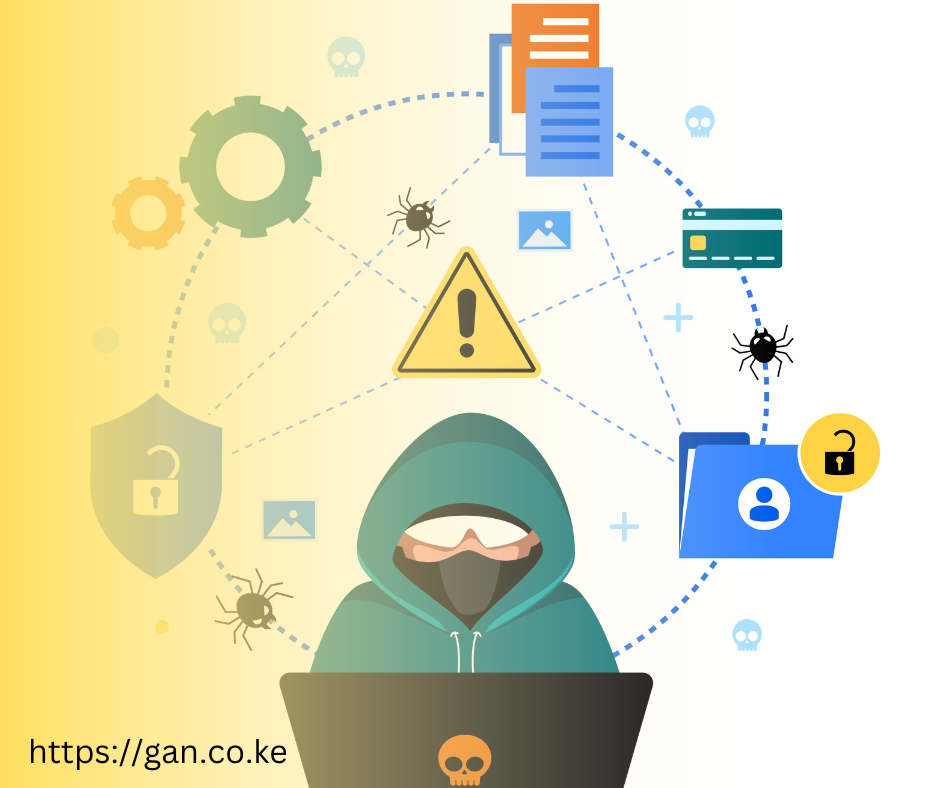
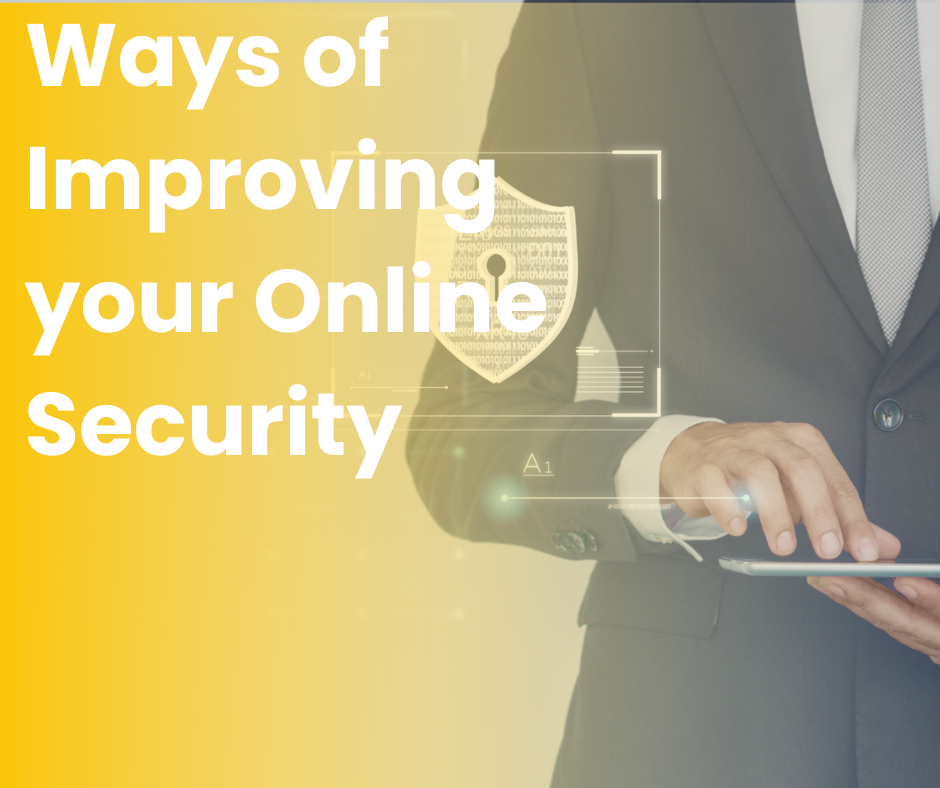
Website security is any action taken or application put in place to ensure website data is not exposed to cybercriminals or to prevent exploitation of the website in any way. These actions help to protect sensitive data, hardware, and software within a website from the various types of attacks that currently exist.
Succeeding online in 2023 will be determined not just by your ability to spot opportunities online but also by how safe your systems, your teams, and your infrastructures are.
TYPES OF WEBSITE SECURITY THREATS
DDoS attack
DDoS Attack in full is Distributed Denial of Services Attack which happens when the server is targeted and overwhelmed with fake traffic this disrupts the normal traffic. These attacks can slow or crash your site entirely, removing all functionality and making it inaccessible to visitors.
Malware
Short for “malicious software,” malware is a pervasive threat used to steal sensitive customer data, distribute spam, allow cybercriminals to access your site, and more.
Blacklisting
This is what could happen to your site if search engines find malware. It may be removed from search engine results and flagged with a warning that turns visitors away.
Vulnerability exploits
Cybercriminals can access a site and the data stored on it by exploiting weak areas in a site, like an outdated WordPress plugin.
Defacement
This attack replaces your website’s content with a cybercriminal’s malicious content.
Putting website security best practices into place will protect your visitors from these common risks as well:
Stolen data
From email addresses to payment information, hackers frequently go after visitor or customer data stored on a site.
Phishing schemes
Phishing doesn’t just happen in email – some attacks take the form of web pages that look legitimate but are designed to trick the user into providing sensitive information.
Session hijacking
Some cyberattacks can take over a user’s session and force them to take unwanted actions on a site.
Malicious redirects
Certain attacks can redirect visitors from the site they intended to visit a malicious website.
SEO spam
Unique links, pages, and comments can be put on a site to confuse your visitors and drive traffic to malicious sites.
HOW TO IMPROVE WEBSITE SECURITY
Keep software and plugins up-to-date
Updates are vital to the health and security of your website. If your site’s software or applications are not up-to-date, your site is not secure.
Take all software and plugin update requests seriously.
Updates often contain security enhancements and vulnerability repairs. Check your website for updates or add an update notification plugin. Some platforms allow automatic updates, which is another option to ensure website security.
The longer you wait, the less secure your site will be. Make updating your website and its components a top priority.
Add HTTPS and an SSL Certificate
What is HTTPS?
HTTPS (Hypertext Transfer Protocol Secure) is a protocol used to provide security over the Internet. HTTPS prevents interceptions and interruptions from occurring while the content is in transit.
For you to create a secure online connection, your website also needs an SSL Certificate. If your website asks visitors to register, sign-up, or make a transaction of any kind, you need to encrypt your connection.
What is SSL?
SSL (Secure Sockets Layer) is another necessary site protocol. This transfers visitors’ personal information between the website and your database. SSL encrypts information to prevent others from reading it while in transit.
It denies those without proper authority the ability to access the data. GlobalSign is an example of an SSL certificate that works with most websites.
Truehost Cloud and many other web hosting companies offer free Let’s Encrypt SSLs certificates. However, for advanced security, we do recommend premium SSL certificates, they are safe and secure and beyond comprised by hackers.
Choose a Smart Password
Create a unique password for every new login request. Come up with complicated, random, and difficult-to-guess passwords. Then, store them outside the website directory.
After three months or sooner, change your password to another one, then repeat. Smart passwords are long and should be at least twelve characters, every time. Your password needs to be a combination of numbers and symbols. Make sure to alternate between uppercase and lowercase letters.
Use a Secure Web Host
Many hosts provide server security features that better protect your uploaded website data. There are certain items to check for when choosing a host:
- Does the web host offer a Secure File Transfer Protocol (SFTP)?
- Is FTP Use by Unknown User disabled?
- Does it use a Rootkit Scanner?
- Does it offer file backup services?
- How well do they keep up to date on security upgrades?
Whether you choose Truehost Cloud or Godaddy as your web host, make sure it has what you need to keep your site secure.
Record User Access and Administrative Privileges
It is vital to vet your employees before giving them website access. Find out if they have experience using your CMS and if they know what to look for to avoid a security breach.
Educate every CMS user about the importance of passwords and software updates. Tell them all the ways they can help maintain the website’s safety.
To keep track of who has access to your CMS and their administrative settings, make a record and update it often.
Employees come and go. One of the best ways to prevent security issues is to have a physical record of who does what with your website.
Be sensible when it comes to user access.
Backup Your Website
One of the best methods to keep your site safe is to have a good backup solution. You should have more than one. Each is crucial to recovering your website after a major security incident occurs.
There are several different solutions you can use to help recover damaged or lost files.
Keep your website information off-site. Do not store your backups on the same server as your website; they are as vulnerable to attacks too.
Choose to keep your website backup on a home computer or hard drive. Find an off-site place to store your data and protect it from hardware failures, hacks, and viruses.
Another option is to back up your website in the cloud. It makes storing data easy and allows access to information from anywhere.
Besides choosing where to back up your website, you must consider automating them. Use a solution where you can schedule your site backups. You also want to ensure your solution has a reliable recovery system.
Be redundant in your backup process — backup your backup.
By doing this, you can recover files from any point before the hack or virus occurred.
Know Your Web Server Configuration Files
Get to know your web server configuration files. You can find them in the root web directory. Web server configuration files permit you to administer server rules. This includes directives to improve your website’s security.
The more you know about the current state of your website’s security, the better. It gives you time to fix it before any harm comes to it.
Apply for a Web Application Firewall
Make sure you apply for a web application firewall (WAF). It sets up the connection between your website server and the data connection. The purpose is to read every bit of data that passes through it to protect your site.
Today, most WAFs are cloud-based and are plug-and-play services. The cloud service is a gateway for all incoming traffic that blocks all hacking attempts. It also filters out other types of unwanted traffic, like spammers and malicious bots.
Tighten Network Security
Just when you think your website is secure, you need to analyze your network security.
Employees who use office computers may inadvertently be creating an unsafe pathway to your website.
To prevent them from giving access to your website’s server, consider doing the following at your business:
- Have computer logins expire after a short period of inactivity.
- Make sure your system notifies users every three months of password changes.
- Ensure all devices plugged into the network are scanned for malware each time they are attached.
CONCLUSION
As a business owner and webmaster, you cannot merely set up a website and forget it. Although website creation is easier than ever, it does not change the fact that security maintenance is necessary. Always be proactive when it comes to protecting your company’s and customers’ data. Whether your site takes online payments or personal information, the data visitors enter into your site must land in the right hands.



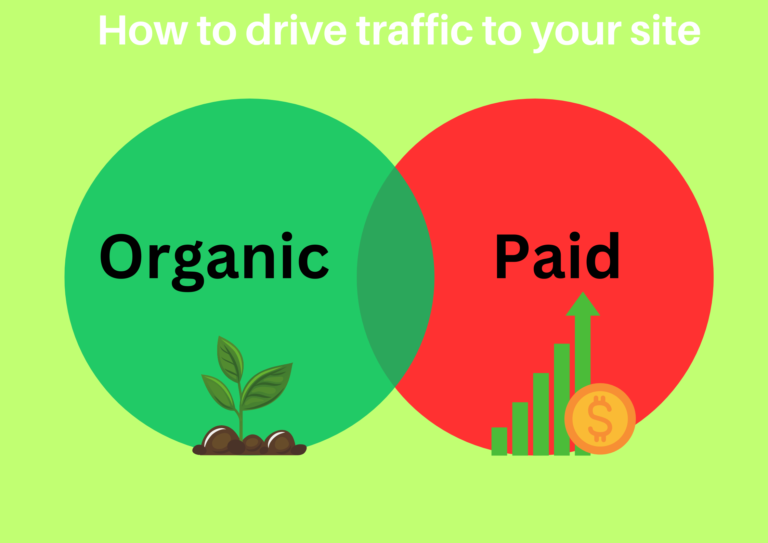
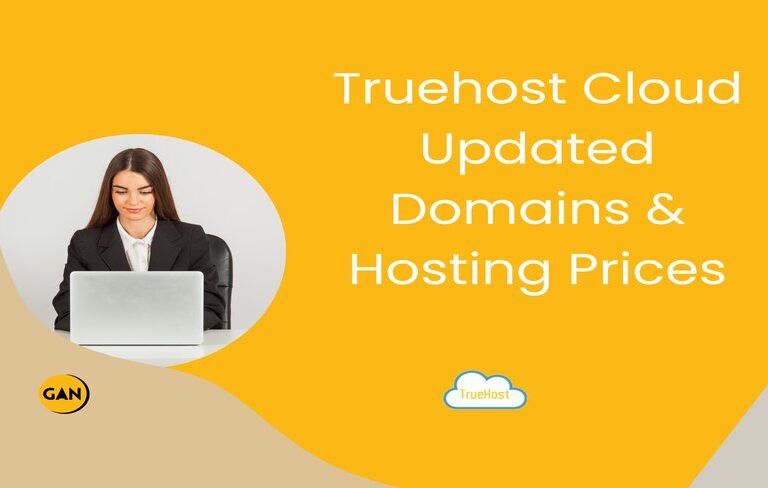
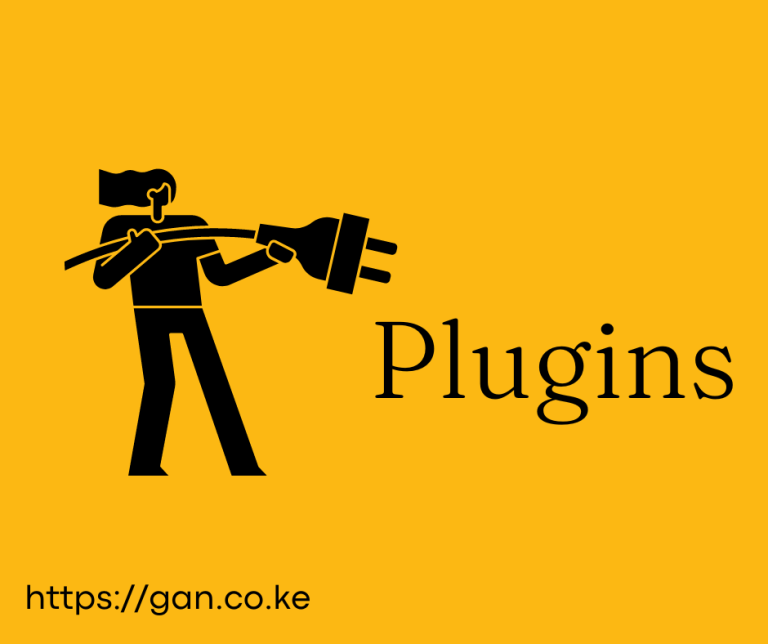
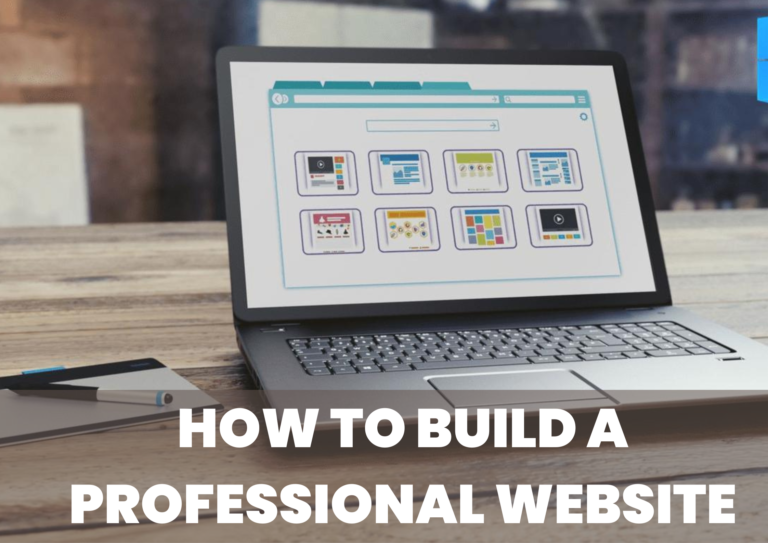
2 Comments